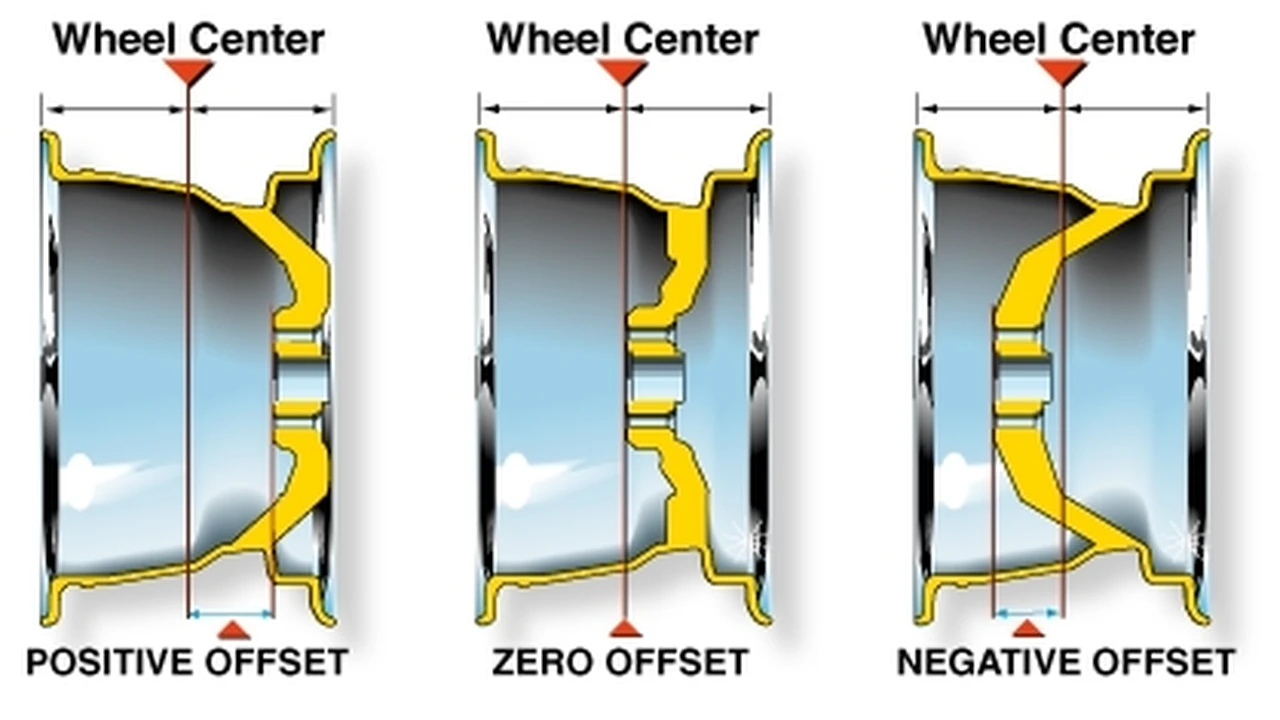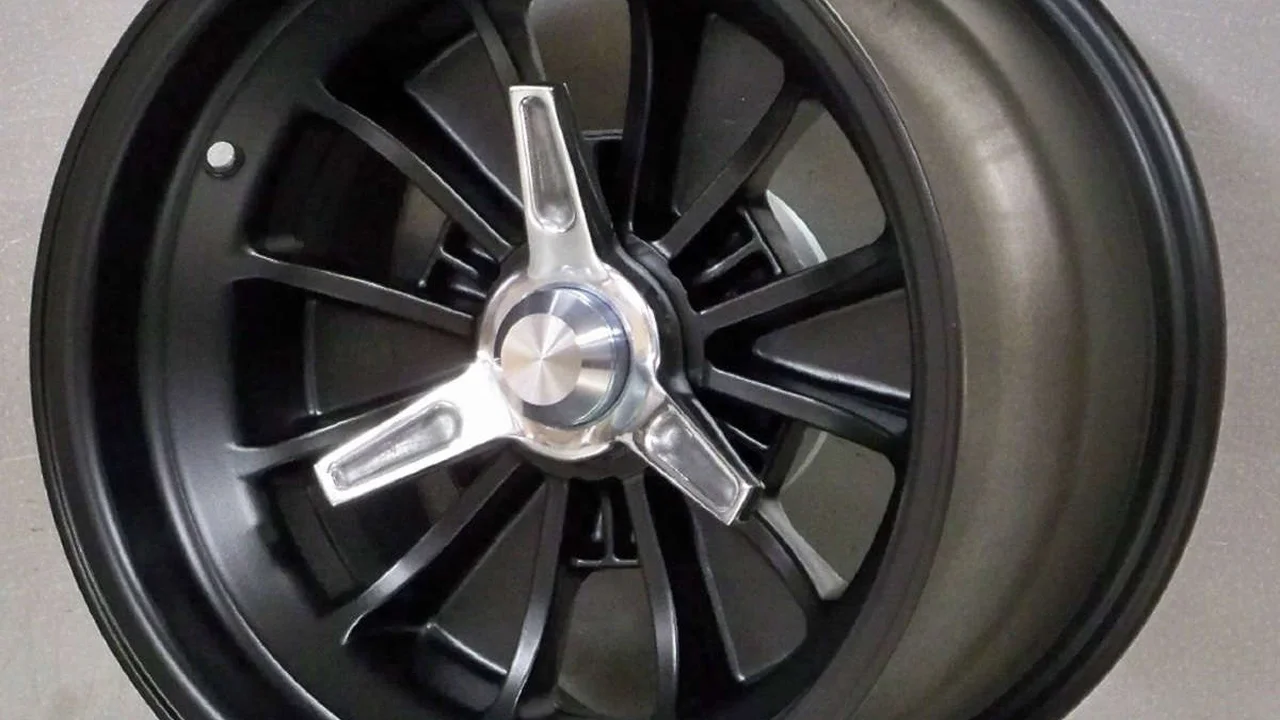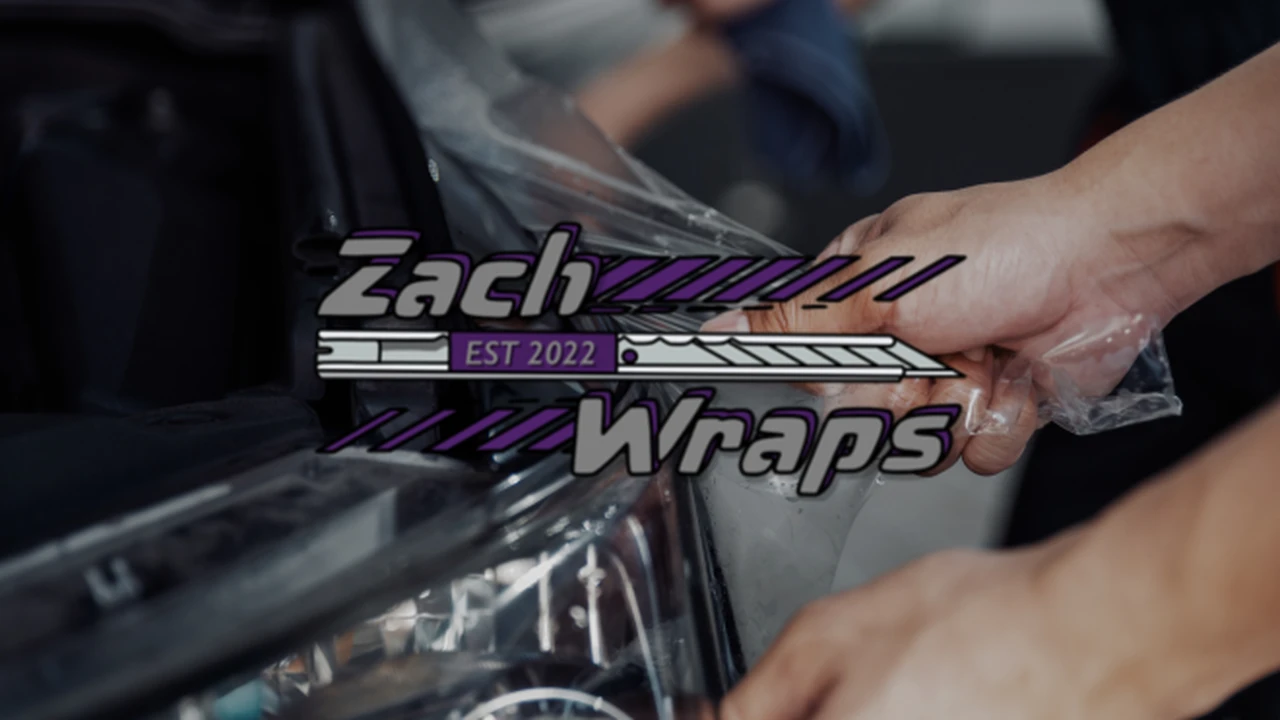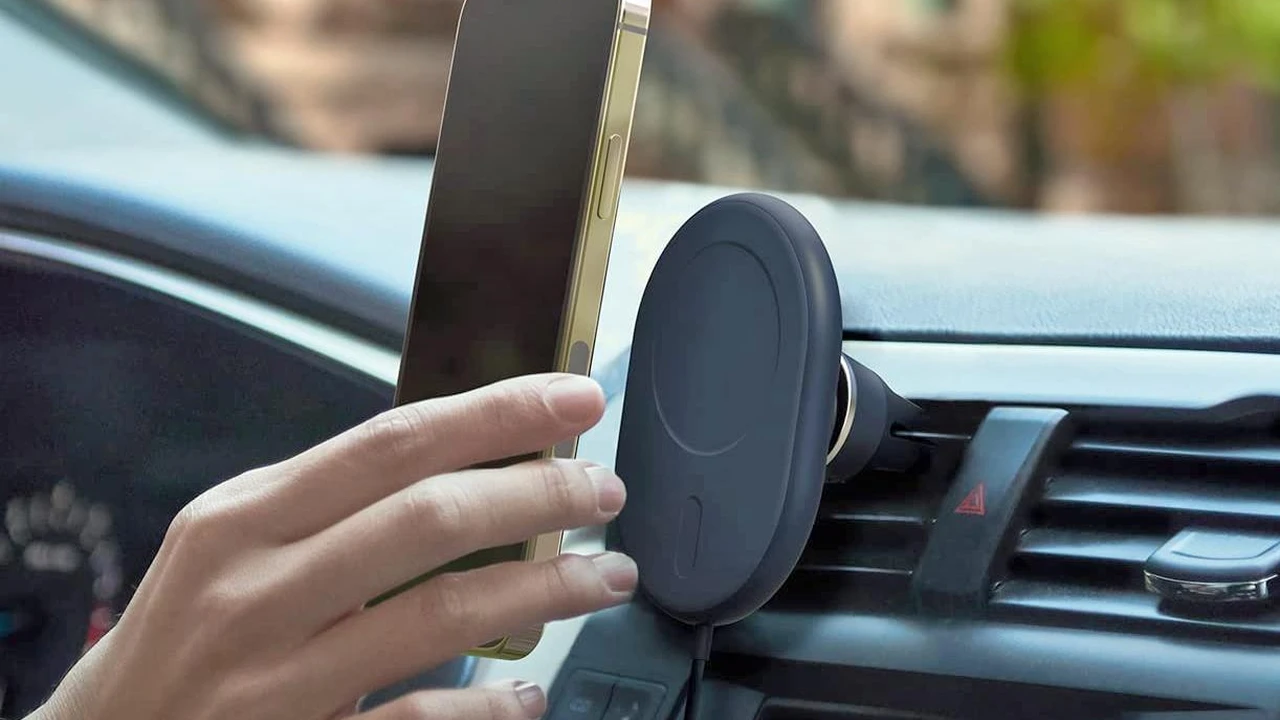Wheel Fitment Guide: Ensuring Proper Size & Offset
Ensure your wheels fit correctly with our comprehensive fitment guide. We cover important measurements and considerations for proper alignment. Avoid rubbing and ensure optimal performance.

Understanding Wheel Fitment Basics Bolt Pattern Offset and Center Bore
Okay, so you're ready to ditch those stock wheels and upgrade to something that really pops. Awesome! But before you click that "buy" button, let's talk wheel fitment. It's not as simple as just picking out something shiny. Getting the right fit is crucial for your car's performance, safety, and of course, its overall look.
Think of wheel fitment as the Goldilocks of the automotive world – you want it *just* right. Too far in, and you might have rubbing issues. Too far out, and you risk damaging your wheel bearings and messing with your car's handling. So, let's break down the key terms you need to know.
Bolt Pattern or PCD Pitch Circle Diameter The Key to Compatibility
First up, the bolt pattern, also known as PCD (Pitch Circle Diameter). This is the number of bolts your wheel uses and the diameter of the circle they form. It's expressed as two numbers, like 5x114.3. The first number is the number of bolts (in this case, 5), and the second is the diameter of the circle in millimeters (114.3mm). If you get this wrong, the wheel simply won't bolt on. There's no fudging it.
How to find your bolt pattern: Your car's owner's manual is a good place to start. You can also use online tools or consult with a wheel specialist. Make sure you get the exact measurement!
Offset ET Explained Positive Negative and Zero
Next, we have offset, often abbreviated as ET (from the German "Einpresstiefe"). This is the distance between the wheel's mounting surface and its center line. Offset is measured in millimeters and can be positive, negative, or zero.
- Positive Offset: The mounting surface is closer to the outside of the wheel. This pushes the wheel further inside the wheel well. Most factory wheels have a positive offset.
- Negative Offset: The mounting surface is closer to the inside of the wheel. This pushes the wheel further out, giving your car a wider stance.
- Zero Offset: The mounting surface is exactly in the center of the wheel.
Why offset matters: Offset affects how the wheel sits in your wheel well. Incorrect offset can cause rubbing against the suspension components or fender, and it can also negatively impact your car's handling. A change of even a few millimeters can make a huge difference.
Center Bore Hub Centric vs Lug Centric Wheels
Finally, let's talk about the center bore. This is the hole in the center of the wheel that fits over the hub on your car. There are two main types of wheels in terms of center bore:
- Hub-Centric: The wheel's center bore is the exact same size as the hub on your car. This means the wheel is centered on the hub, which provides the best support and reduces vibration. This is ideal.
- Lug-Centric: The wheel is centered by the lug nuts. This is less ideal, but acceptable if done correctly. You absolutely MUST use the correct lug nuts for lug-centric wheels.
Why center bore matters: A hub-centric wheel is ideal because it provides a more secure and stable connection. If you're using a lug-centric wheel, make sure you use the correct lug nuts and tighten them in a star pattern to ensure the wheel is properly centered. If the center bore is too small, the wheel will NOT fit. If it's too large and the wheel is lug-centric without proper lug nuts, you risk vibration and potential wheel failure.
Measuring for Proper Wheel Fitment Diameter Width and Tire Size
Okay, now that we understand the basics, let's talk about how to measure for proper wheel fitment. This involves a few key measurements.
Wheel Diameter and Width Impact on Appearance and Performance
Wheel Diameter: This is the overall diameter of the wheel, usually measured in inches (e.g., 17", 18", 19"). Increasing the wheel diameter generally means using a tire with a lower profile (shorter sidewall) to maintain the overall rolling diameter of the wheel/tire combination. Larger diameter wheels can improve handling and braking performance, but they can also make the ride harsher.
Wheel Width: This is the width of the wheel, also measured in inches (e.g., 7", 8", 9"). The wheel width determines the tire size you can safely mount on the wheel. Wider wheels generally allow for wider tires, which can improve grip and handling. However, going too wide can cause rubbing issues.
Tire Size Matching Tires to Wheels for Optimal Performance
Tire Size: Tire size is expressed as a series of numbers and letters, such as 225/45R17. Let's break that down:
- 225: The tire's section width in millimeters.
- 45: The aspect ratio, which is the percentage of the section width that represents the sidewall height. In this case, the sidewall height is 45% of 225mm.
- R: Indicates a radial tire construction.
- 17: The wheel diameter in inches that the tire is designed to fit.
Matching tire size to wheel width: It's crucial to choose a tire size that is appropriate for the wheel width. Too narrow, and the tire will be stretched, which can be dangerous. Too wide, and the tire will bulge, which can negatively affect handling. Use online tire size calculators to find the recommended tire sizes for your wheel width.
Using Online Calculators for Offset and Tire Size Visualizing the Fit
Fortunately, there are a ton of great online calculators that can help you visualize how different wheel and tire combinations will fit on your car. These calculators allow you to input your current wheel and tire specs and then compare them to potential new setups. They will show you how much the new wheels will stick out or tuck in compared to your current wheels. This is an invaluable tool for avoiding rubbing issues.
Avoiding Common Fitment Issues Rubbing Suspension Clearance and Brake Clearance
Let's talk about some common fitment issues and how to avoid them.
Rubbing Tires Hitting Fenders or Suspension Components
Rubbing: This is probably the most common fitment issue. It occurs when the tire rubs against the fender, suspension components, or brake calipers. Rubbing can damage your tires, fenders, and suspension, and it can also be annoying. To avoid rubbing, make sure you choose the correct offset and tire size. You can also roll your fenders, which involves bending the inner lip of the fender to create more clearance.
Suspension Clearance Ensuring Proper Spacing
Suspension Clearance: Make sure your wheels have enough clearance from the suspension components, especially the struts or shocks. If the wheel is too close to the suspension, it can damage the suspension and affect your car's handling. Using a wheel spacer can sometimes help to create more clearance, but be careful not to push the wheel out too far.
Brake Caliper Clearance Avoiding Interference
Brake Caliper Clearance: This is especially important if you have aftermarket brakes. Make sure the wheels have enough clearance from the brake calipers. If the wheels don't clear the calipers, you'll need to use a wheel spacer or choose a different wheel design. Some wheels are specifically designed to clear large brake calipers.
Wheel Fitment for Different Vehicle Types Sedans Trucks and SUVs
Wheel fitment considerations can vary depending on the type of vehicle you have.
Sedans Balancing Style and Performance
For sedans, the focus is often on balancing style and performance. You want wheels that look good and improve handling, but you also don't want to sacrifice ride comfort. A moderate offset and tire size are usually a good choice.
Trucks and SUVs Considerations for Off-Roading and Load Capacity
For trucks and SUVs, you need to consider off-roading and load capacity. You want wheels that are strong and durable, and you need to choose a tire size that is appropriate for the terrain you'll be driving on. A negative offset can give your truck a more aggressive stance, but be careful not to go too far, as it can negatively affect handling and tire wear.
Wheel Spacers Pros Cons and Safety Considerations
Wheel spacers are used to push the wheels further out, giving your car a wider stance and improving its appearance. However, they also have some potential drawbacks.
Advantages of Wheel Spacers Improved Aesthetics and Stance
The main advantage of wheel spacers is improved aesthetics. They can make your car look more aggressive and sporty. They can also improve handling by increasing the track width. However, these advantages must be weighed against the potential risks.
Disadvantages of Wheel Spacers Potential Vibration and Stress on Bearings
Wheel spacers can cause vibration if they are not properly installed or if they are of poor quality. They can also put extra stress on the wheel bearings, which can lead to premature wear and failure. It's crucial to use high-quality wheel spacers and to install them correctly.
Safety Precautions for Using Wheel Spacers Proper Installation and Torque
If you choose to use wheel spacers, it's crucial to follow these safety precautions:
- Use high-quality wheel spacers from a reputable brand.
- Make sure the wheel spacers are hub-centric.
- Use extended wheel studs if necessary.
- Torque the lug nuts to the correct specification.
- Re-torque the lug nuts after 50-100 miles.
Real-World Examples and Scenarios Different Cars and Wheel Setups
Let's look at some real-world examples to illustrate the concepts we've discussed.
Example 1 Honda Civic with 17-inch Wheels
A Honda Civic owner wants to upgrade to 17-inch wheels. The stock wheels are 16x7 with a +45 offset. He wants to go with 17x8 wheels. Using an online calculator, he determines that a +35 offset will give him the look he wants without causing rubbing issues. He chooses a tire size of 215/45R17.
Example 2 Ford F-150 with Off-Road Wheels
A Ford F-150 owner wants to install off-road wheels. The stock wheels are 17x7.5 with a +44 offset. He wants to go with 18x9 wheels with a -12 offset. This will give his truck a wider stance and allow him to run larger tires. He chooses a tire size of 285/65R18.
Product Recommendations and Reviews Specific Wheel Brands and Models
Here are some specific wheel recommendations, keeping in mind that the best choice always depends on your specific vehicle, budget, and desired style.
Enkei RPF1 Lightweight and Performance-Oriented
Enkei RPF1: A classic choice for performance enthusiasts. These wheels are incredibly lightweight, which improves acceleration, braking, and handling. They're available in a variety of sizes and bolt patterns. Price: Around $300-$400 per wheel.
- Pros: Extremely lightweight, strong, affordable.
- Cons: Simple design, not the most visually striking.
- Best Use: Track days, autocross, street cars where performance is a priority.
BBS LM Iconic and High-End
BBS LM: An iconic wheel with a timeless design. These wheels are known for their quality, strength, and stunning appearance. They are a premium option and come with a premium price tag. Price: Around $800-$1200 per wheel.
- Pros: Beautiful design, excellent quality, strong.
- Cons: Very expensive.
- Best Use: High-end sports cars, luxury vehicles, show cars.
Method Race Wheels MR305 NV Rugged and Off-Road Ready
Method Race Wheels MR305 NV: A popular choice for off-road trucks and SUVs. These wheels are designed to withstand the rigors of off-roading. They are strong, durable, and available in a variety of sizes and finishes. Price: Around $200-$300 per wheel.
- Pros: Very strong, durable, good for off-roading.
- Cons: Can be heavy.
- Best Use: Off-road trucks, SUVs.
Professional Installation vs DIY Weighing the Options
Finally, let's discuss whether you should install your wheels yourself or have them professionally installed.
Benefits of Professional Wheel Installation Expertise and Equipment
Professional wheel installation offers several benefits. Professionals have the expertise and equipment to ensure the wheels are properly installed and balanced. They can also identify and address any potential fitment issues. This is especially important if you're unfamiliar with wheel fitment or if you have aftermarket brakes or suspension.
Considerations for DIY Wheel Installation Tools and Knowledge Required
DIY wheel installation can save you money, but it requires the right tools and knowledge. You'll need a jack, lug wrench, torque wrench, and potentially other tools. You also need to understand the proper torque specifications for your lug nuts. If you're not comfortable with this process, it's best to have your wheels professionally installed.
So, there you have it – a comprehensive guide to wheel fitment. Remember to do your research, measure carefully, and choose wheels that are appropriate for your car and your driving style. Happy wheeling!
:max_bytes(150000):strip_icc()/277019-baked-pork-chops-with-cream-of-mushroom-soup-DDMFS-beauty-4x3-BG-7505-5762b731cf30447d9cbbbbbf387beafa.jpg)






